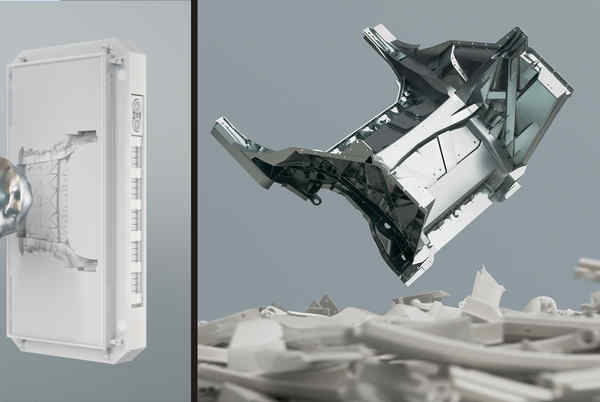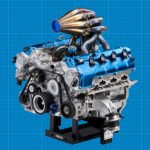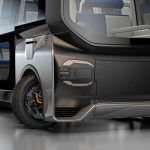
Have you heard of mega-casting?
It’s a way for automakers to simplify the car-manufacturing process by replacing many small parts with one large metal casting.
Swedish automaker Volvo Cars is investing 10 billion ($1.1 billion) Swedish Kronas (SEK) in its Torslanda manufacturing plant in Sweden to add mega-casting to its processes.
Volvo now mega-casting
“The introduction of mega-casting of aluminum body parts for the next generation of electric Volvo models is the most significant and exciting change implemented as part of the investment package,” reads Volvo’s statement. “Mega casting creates a number of benefits in terms of sustainability, cost and car performance during the cars life time, and Volvo Cars is one of the first carmakers to invest in this process.”
The firm further claims that mega-casting will improve the energy efficiency as well as the electric range of its cars. This will further allow vehicle designers to make the most out of the available space inside the cabin and luggage areas proving more comfort and added space.
The process will also create cost savings by optimizing material use and logistics and reducing the environmental footprint of the manufacturing process and its accompanying supply chain networks.
An all-electric future
“Today is a great day for the Torslanda plant as we are making it fit for the future with this investment package,” said Javier Varela, head of engineering and operations at Volvo Cars. “Our future as a company is all-electric and that requires a variety of upgrades across the plant, to ensure that Torslanda can continue to build premium electric cars of the highest quality.”
Volvo Cars has some bold ambitions to be a fully electric car company by 2030 and it’s not holding back. In addition to investing in mega-casting, it’s also putting SEK 30 billion ($3.3 billion) in the engineering and manufacturing of high-quality tailor-made batteries specially developed for its electric vehicles.

